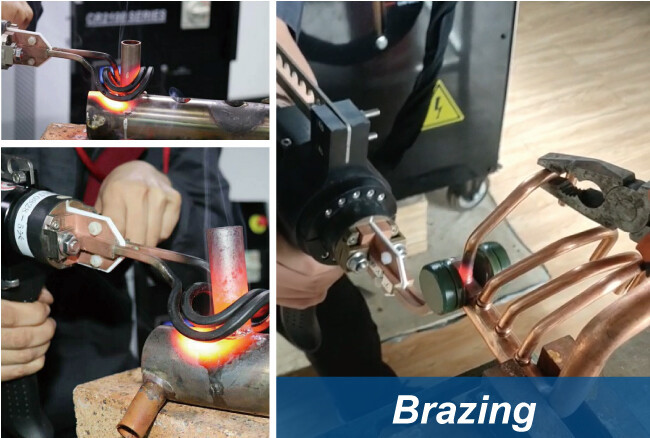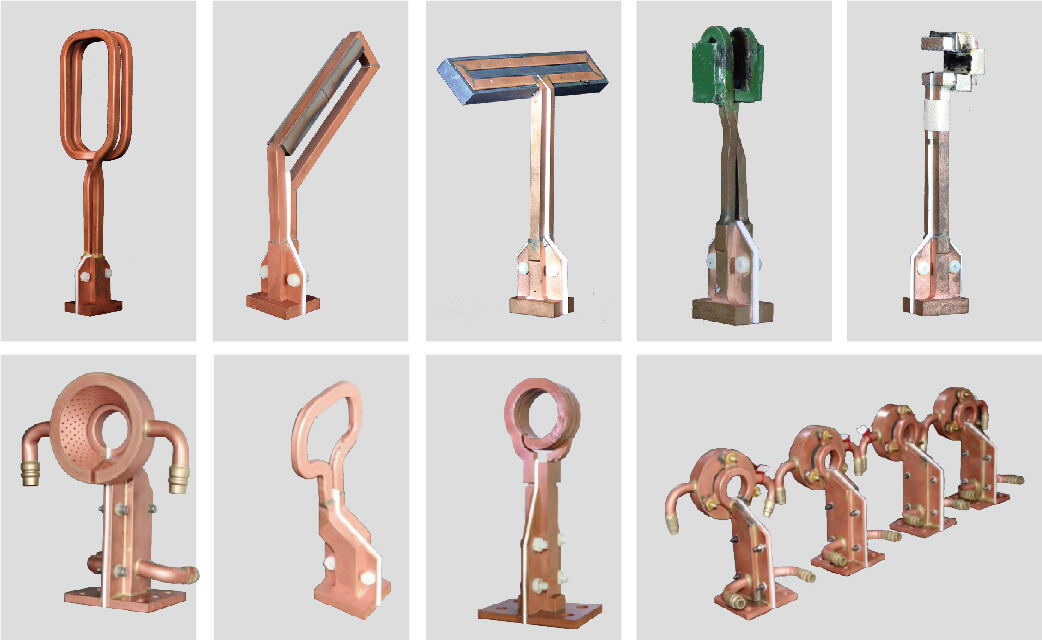
News
Overcurrent happens when too much electricity flows in an induction heater. This can break parts and stop it from working. Fixing overcurrent fast is essential to avoid wasting time and money. Solving it helps your induction heater work well and last longer. This also saves you from fixing or replacing it often.
Key Takeaways
Find and repair damaged parts fast to stop more harm. This keeps the heater safe to use.
Make sure the heater's power matches the load to stop overheating or too much current.
Check the power supply often to keep it steady. This helps protect the heater from sudden changes.

Common Causes of Overcurrent in Induction Heaters
Internal Component Failure
Broken parts inside the heater are a common issue. Over time, power parts can break from heavy use or high voltage. Capacitors may stop working due to age, leaks, or damage. These problems often cause too much current. Check the table below for more details:
Induction Coil Problems
Coil issues often lead to too much current. Short circuits happen when coil covers wear out or burn. If the coil touches the workpiece, current rises. To prevent this, check for damage and keep a proper gap. Look for sparks between coils and ensure the power fits the coil.
Load Mismatches
Load mismatches happen when the heater handles too much work. Heating too many items at once can cause high current. Changes in material, size, or shape of items can also cause problems. Always match the load to the heater's limits.
Control System Malfunctions
Control system problems can unbalance the heater. Bad sensors or software bugs may pull too much current. Check and update the system often to avoid this.
External Interference or Power Supply Issues
Power supply changes, like sudden voltage shifts, can harm the heater. These changes may cause unusual power levels and too much current. Use a stable power source to fix this.
Step-by-Step Solutions for Overcurrent Problems
Check and Fix Broken Parts
To fix overcurrent, start by checking for broken parts. Follow these steps to find and solve the problem:
Learn how the induction heater works and its main parts.
Look at key parts like power devices, capacitors, and sensors.
Use tools like multimeters to spot unusual voltage or current.
Make sure sensors and monitors are working properly.
Write down what you find and replace broken parts.
For example, power devices can break from long use or high voltage. Replacing them quickly stops more damage. Always check and fix broken parts carefully for safe use.
Fix or Replace the Induction Coil
If the coil is the problem, check it for damage. Look for wear, burns, or short circuits with the workpiece. Clean the coil well and fix its insulation. If it’s too damaged, rebuild it with good materials. Store coils safely and use clean water during work. Regular care keeps them working longer and reduces problems.
Match Load with Heater Power
Too much load can cause overcurrent. Adjust the load to fit the heater’s power. Don’t heat too many items at once. Make sure the size, shape, and material of items match the heater’s limits. Proper load matching protects the system and stops overheating.
Fix Control System Problems
Control system issues can cause overcurrent. Check for common problems like water clogs or worn insulation. Make sure the coil isn’t bent and stays the right distance from the workpiece. Clean the coil with distilled water to remove dirt. If problems continue, compare system data during failures to normal times. Record voltage, current, and resistance to find the issue.
Handle Power Supply Changes
Unstable power can lead to overcurrent. Use a voltage stabilizer to control changes. Study your power supply to find when problems happen. A steady power source keeps the heater safe and working well.

Preventing Overcurrent in Induction Heaters
Do Regular Checkups
Regular checkups keep your heater working well and safe. Look for broken parts like capacitors and power devices. Fix or replace them if needed. Check the coil and adjust the load to fit the heater. Fix control system problems quickly to avoid damage. These steps stop short circuits and make your heater last longer.
Match the Load to the Heater
Always match the load to the heater’s power limits. Too much load can cause short circuits and high current. Check the size, shape, and material of items you heat. Don’t heat too many things at once. Proper load matching keeps the heater safe and prevents damage.
Keep Power Supply Steady
A steady power supply stops overcurrent problems. Sudden voltage changes can harm your heater. Use a voltage stabilizer to keep power levels even. Watch the power supply often to catch problems early. This protects your heater from power surges and keeps it running smoothly.
Train Operators Well
Good training helps operators avoid overcurrent issues. Teach them how to use the heater safely and fix problems. Programs like FOCO’s give hands-on lessons and tips for care. Training helps your team run the heater safely and efficiently.
Use Strong Parts and Cooling Systems
High-quality parts lower the chance of breakdowns. Use strong power devices, good capacitors, and well-made coils. Cooling systems are also important. They stop overheating and protect the heater. Using good materials and cooling keeps your heater working longer without trouble.
Too much current in induction heaters can come from broken parts, coil problems, too much load, control system errors, or outside power issues. Fixing these quickly keeps the heater safe. Regular checkups, matching the load, and steady power help protect it. These actions make the heater work better and last longer.
Please give us a message